Report this entry
More from the same community-collection
Southwest University Ball Park - Clock - El Paso, Texas
Mary Mead Lynch- the inspiration for Insights,was a dreamer, a ...
Southwest University Ball Park - Clock
Mary Mead Lynch- the inspiration for Insights,was a dreamer, a ...
Michael Tomor - Director of the El Paso Museum of Art -2014
Dr. Michael Tomor was the Director of the El Paso Museum of Art, ...
El Paso Police motorcycle officers - 1928
left - H.J. Williams, Harris Sheldon Bernhardt, Arnold Green, ...
El Paso Police motorcycle officer - 1928
El Paso Motor Officer Harris Sheldon Bernhardt Motor 10 - 1928
El Paso Police Headquarters 1920-1955 - El Paso, Texas
219 S. Campbell at the corner of S. Campbell and 1st Street in ...





















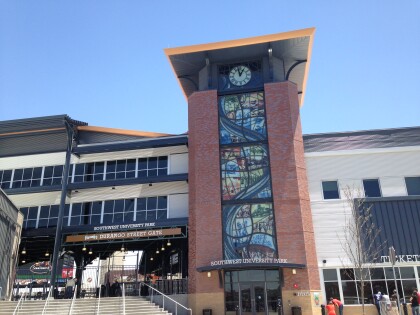
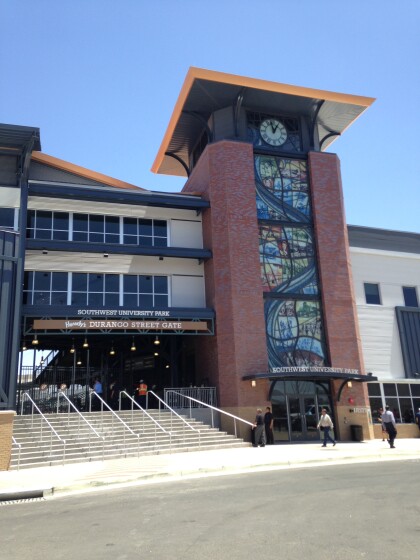
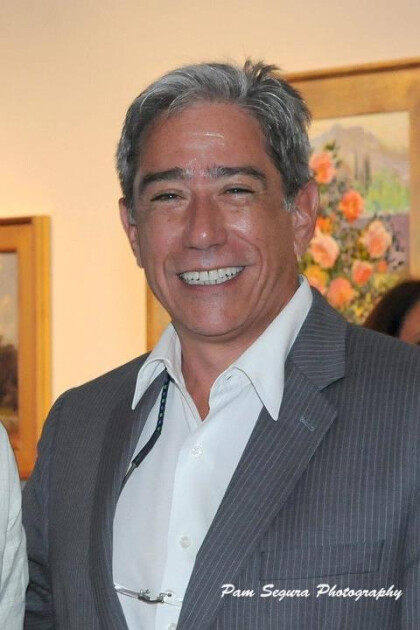
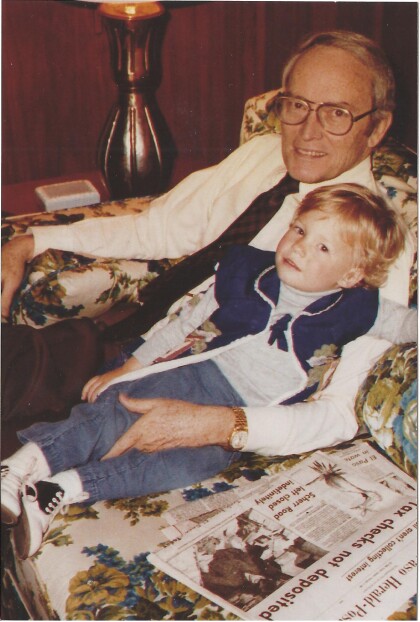
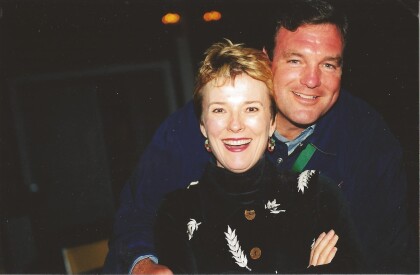
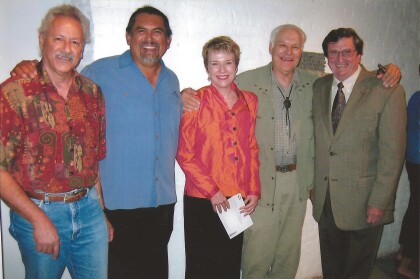
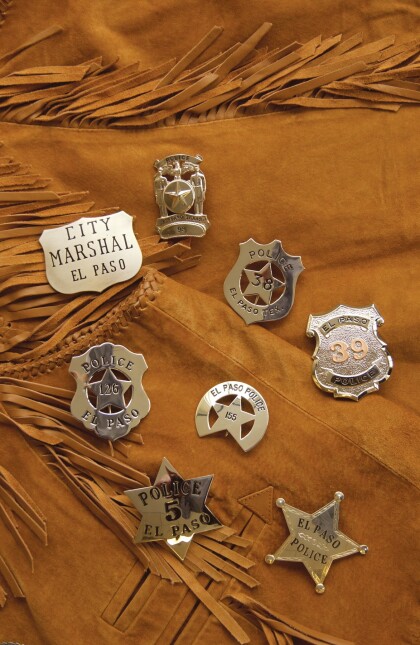
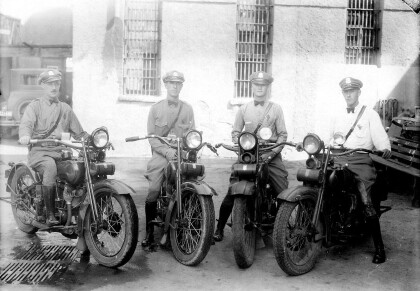
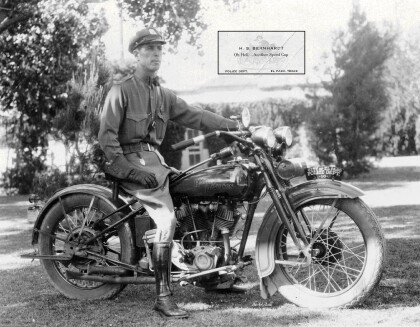
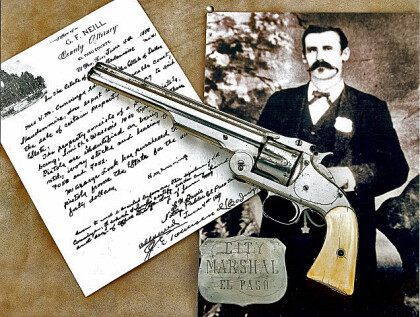
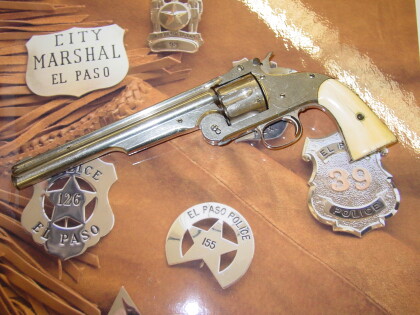
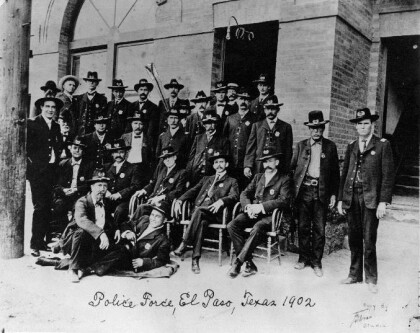
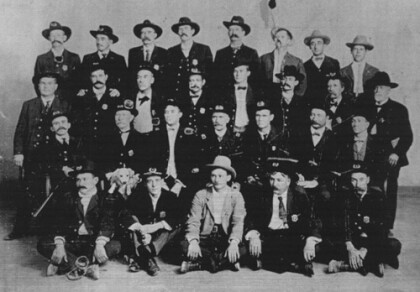
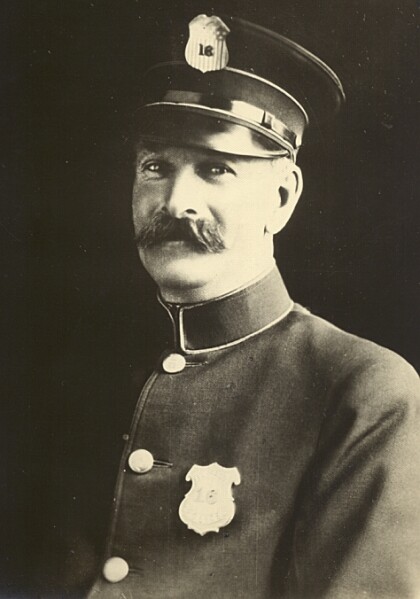
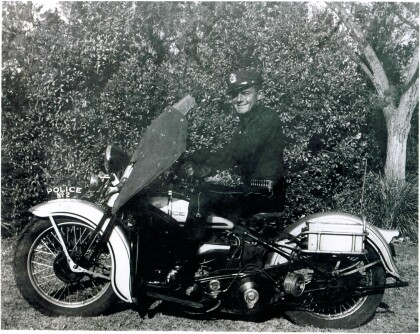
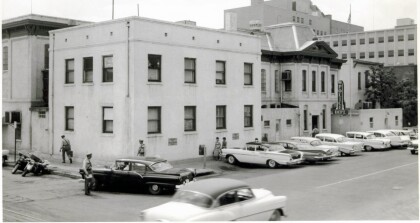
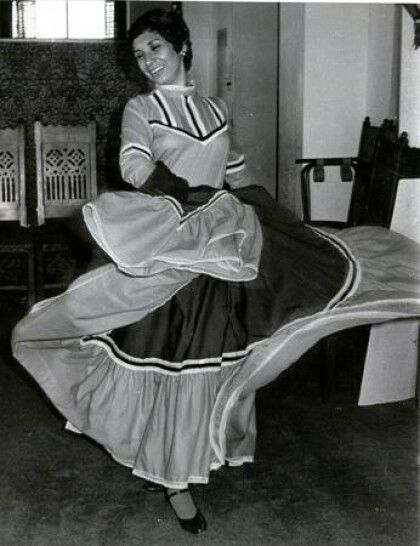
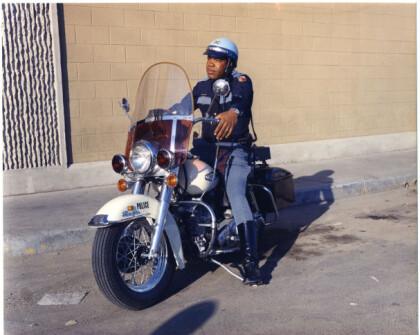
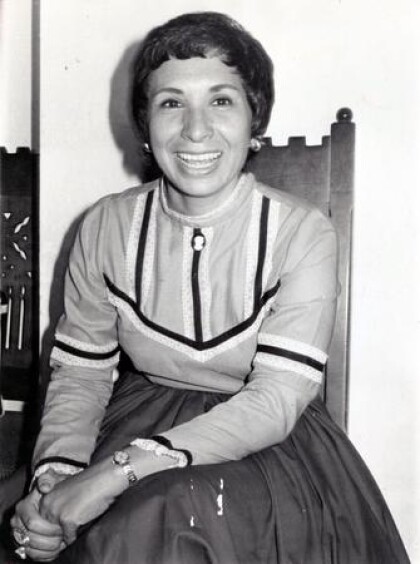
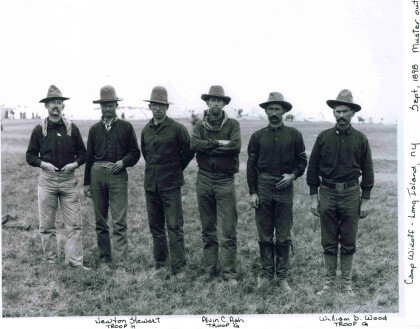
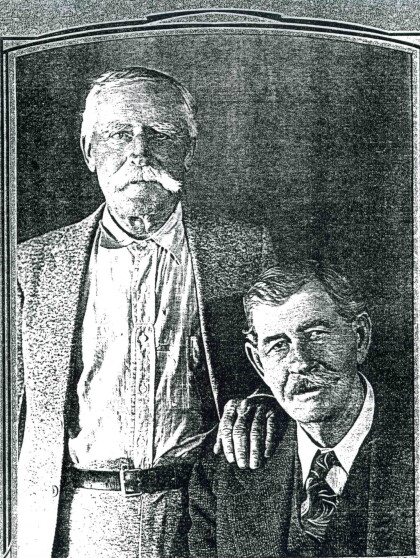
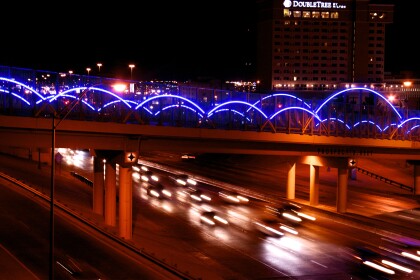
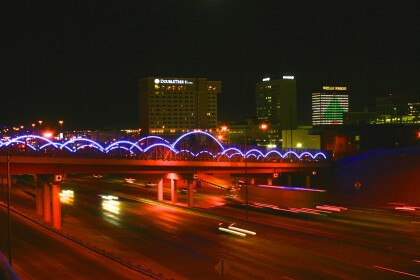
Comments
Add a comment